Home>Articles>How Many Points Of Contact Should Be Kept When Climbing An Articulated Ladder
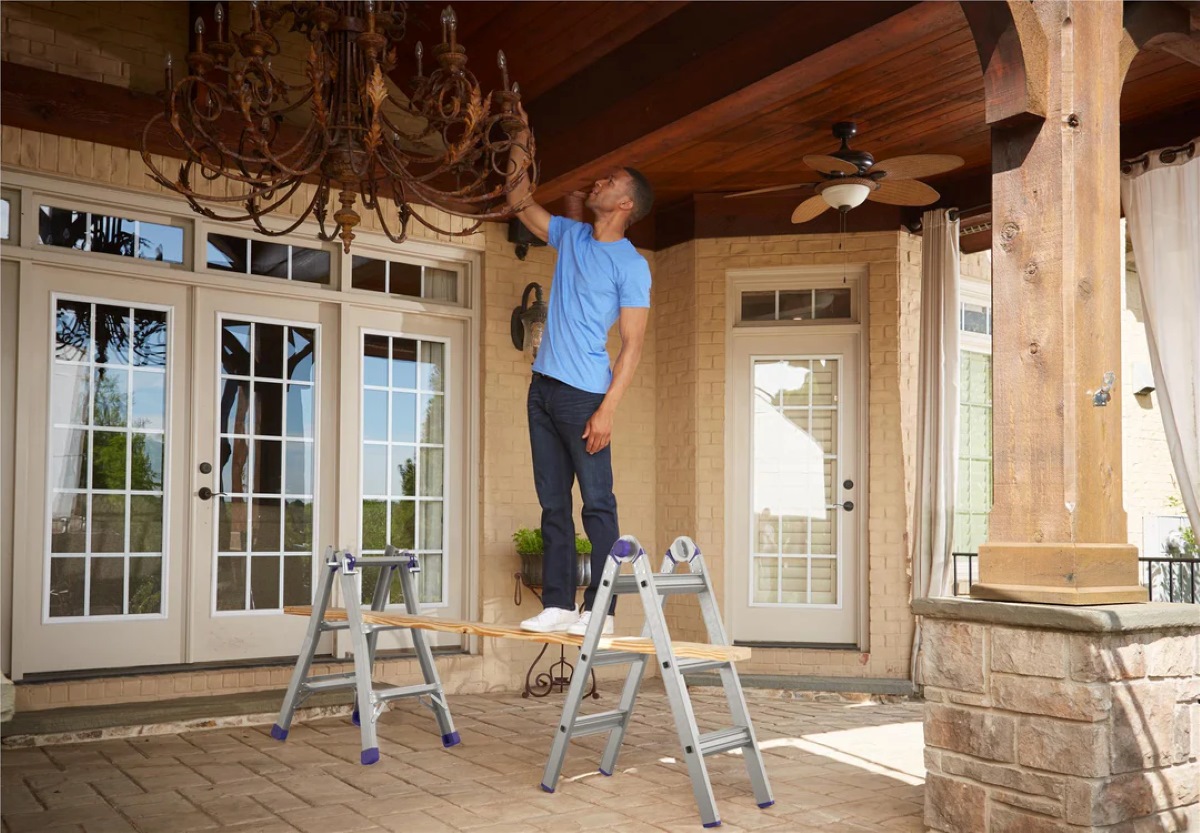

Articles
How Many Points Of Contact Should Be Kept When Climbing An Articulated Ladder
Modified: February 23, 2024
Find out the recommended number of contact points to maintain when using an articulated ladder. Read our informative articles on ladder safety and best practices.
(Many of the links in this article redirect to a specific reviewed product. Your purchase of these products through affiliate links helps to generate commission for Storables.com, at no extra cost. Learn more)
Introduction
When it comes to safety while working at heights, using the right ladder is of utmost importance. One such ladder that is versatile and widely used in various industries is the articulated ladder. Unlike traditional ladders, the articulated ladder is designed with multiple hinges, allowing it to be easily adjusted and transformed into different configurations. This flexibility provides users with the ability to reach different heights and access hard-to-reach areas.
However, using an articulated ladder requires proper technique and caution to ensure safety. One crucial aspect of climbing an articulated ladder is maintaining points of contact, which refers to keeping parts of your body in contact with the ladder to provide stability and prevent falls. In this article, we will explore how many points of contact should be kept when climbing an articulated ladder, and why it is important to do so.
Before we delve into the specifics, it is essential to understand the definition of an articulated ladder and its unique features.
Key Takeaways:
- Maintaining multiple points of contact while climbing an articulated ladder is crucial for stability, reducing the risk of slips and falls, and ensuring proper weight distribution. This enhances safety and confidence for efficient work at heights.
- Factors such as weight capacity, ladder positioning, and proper footwear are essential considerations when climbing an articulated ladder. Following recommended points of contact and safety tips minimizes the risk of accidents and promotes a safe climbing experience.
Definition of an Articulated Ladder
An articulated ladder, also known as a multi-purpose ladder, is a versatile piece of equipment commonly used in various industries, including construction, maintenance, and painting. It is characterized by its unique design, which allows it to be adjusted into different configurations to cater to different height requirements and working conditions.
Articulated ladders are typically made of lightweight yet durable materials, such as aluminum or fiberglass, to ensure ease of use and portability. They consist of multiple sections that are connected by hinges, enabling the ladder to be extended or folded in different ways. These hinges allow the ladder to be oriented into various positions, such as an A-frame ladder, an extension ladder, or a scaffold.
What sets the articulated ladder apart from traditional ladders is its adaptability. Instead of needing separate ladders for different tasks, users can easily transform and reconfigure the articulated ladder to suit their specific needs. This versatility saves time and effort, allowing for more efficient work at heights.
However, due to the complex design and adjustability of articulated ladders, proper usage and safety precautions must be followed to prevent accidents and ensure stability while climbing.
Importance of Maintaining Points of Contact
When climbing an articulated ladder, maintaining points of contact is crucial for safety and stability. Points of contact refer to keeping parts of your body in contact with the ladder throughout the climbing process. By doing so, you establish a secure connection between yourself and the ladder, minimizing the risk of slips, falls, and accidents.
Here are the key reasons why maintaining points of contact is essential:
- Enhances Stability: When you have multiple points of contact with the ladder, such as holding onto the rungs with both hands and having both feet on the ladder, you create a stable base. This stability allows you to maintain your balance and reduces the likelihood of the ladder wobbling or tipping over.
- Reduces the Risk of Slips and Falls: By keeping points of contact, you minimize the chance of slipping or losing your balance while climbing. Each point of contact acts as a secure anchor, providing support and preventing any sudden movements that could lead to a fall.
- Improves Control and Maneuverability: Having multiple points of contact allows you to have better control over your movements on the ladder. It enables you to navigate the ladder with precision, making it easier to reach different heights and maintain stability during tasks.
- Ensures Proper Weight Distribution: Maintaining points of contact helps distribute your weight evenly on the ladder, reducing strain and stress on specific parts. This even distribution prevents overloading of certain areas and minimizes the risk of ladder failure or collapse.
- Promotes Confidence and Focus: By keeping multiple points of contact, you instill a sense of confidence in yourself while climbing. This confidence allows you to focus on your work rather than worrying about your safety, leading to increased productivity and efficiency on the ladder.
Overall, maintaining points of contact on an articulated ladder is crucial for your safety and the success of your task. It provides stability, reduces the risk of accidents, and enhances your control and maneuverability on the ladder.
Factors to Consider when Climbing an Articulated Ladder
Climbing an articulated ladder requires careful consideration of certain factors to ensure safety and minimize the risk of accidents. By understanding these factors, you can make informed decisions and take appropriate precautions when using an articulated ladder. Here are some key factors to consider:
- Weight Capacity: Before climbing an articulated ladder, it is crucial to check the ladder’s weight capacity. Each ladder has a maximum weight limit that should not be exceeded. Overloading the ladder can compromise its stability and structural integrity, leading to accidents. Always ensure that your weight and any additional equipment or materials you carry are within the ladder’s weight capacity.
- Environment and Working Conditions: Assess the environment and working conditions where the ladder will be used. Factors such as uneven or slippery surfaces, strong winds, or limited space can impact ladder stability and safety. Adjust the ladder configuration and take precautionary measures to mitigate these risks.
- Ladder Positioning: Proper ladder positioning is crucial for stability and safety. Ensure that the ladder is fully extended, locked in place, and positioned on a level and stable surface. Avoid placing the ladder on slippery or unstable ground, or near hazards such as electrical wires or moving machinery.
- Clearance and Obstructions: Consider the vertical and horizontal clearance required to safely access your work area. Make sure there are no overhead obstructions, such as low ceilings or protruding objects, that could hinder your movement or cause accidents. Keep the ladder away from doorways or high traffic areas to prevent collisions and falls.
- Proper Footwear and Attire: Wear appropriate footwear with non-slip soles to ensure a firm grip on the ladder rungs. Avoid wearing loose clothing or dangling accessories that can get caught in the ladder and pose a safety hazard.
- Pre-inspection: Before using an articulated ladder, conduct a thorough pre-inspection to ensure it is in good condition. Check for any damaged rungs, hinges, or other components that could affect safety. If any issues are detected, do not use the ladder and arrange for repairs or replacement.
By considering these factors and taking necessary precautions, you can significantly reduce the risk of accidents and ensure safe climbing on an articulated ladder. Always prioritize safety and follow guidelines and best practices for ladder usage.
When climbing an articulated ladder, always maintain at least three points of contact with the ladder at all times to ensure stability and reduce the risk of falling.
Recommended Points of Contact for Climbing an Articulated Ladder
Maintaining proper points of contact when climbing an articulated ladder is essential for safety and stability. By having the right points of contact, you establish a secure connection between yourself and the ladder, reducing the risk of falls and accidents. Here are the recommended points of contact:
- Hands: When ascending or descending the ladder, it is important to have a firm grip on the ladder rungs with both hands. Keep your fingers and palms wrapped around the rungs, providing a sturdy hold. This ensures that you have control and balance throughout the climbing process.
- Feet: Maintain both feet on the ladder rungs at all times. Place your feet securely on the rungs, positioning them parallel to each other for stability. Avoid overreaching or stretching too far, as this can throw off your balance and increase the risk of slipping.
- Toes: To further enhance stability, press your toes firmly against the ladder rungs. This helps anchor your feet and provides additional grip, especially when exerting force or performing tasks while on the ladder.
- Body: Keep your body in close proximity to the ladder. Avoid leaning too far forward, backward, or to the sides, as this can compromise your balance. Instead, maintain an upright position, with your body centered and aligned with the ladder. This ensures stability and minimizes the risk of tipping over.
- Outer Leg: For added security, position one leg on the outer side of the ladder, pressed against the ladder frame. This helps stabilize the ladder and provides an extra level of support and balance while climbing.
By maintaining these recommended points of contact, you create a strong and stable connection with the ladder, enhancing your safety and reducing the risk of accidents. However, it is important to note that these recommended points of contact may vary depending on the specific situation and ladder configuration. Always assess the ladder’s stability and adjust your points of contact accordingly.
Additionally, using ladder accessories such as ladder stabilizers or ladder mitts can also improve stability and grip, further enhancing your points of contact and overall safety while climbing.
Read more: What Are The 3 Points Of Contact On A Ladder
Tips for Maintaining Points of Contact
Maintaining points of contact when climbing an articulated ladder is crucial for safety. Here are some helpful tips to ensure that you maintain proper points of contact throughout the ladder climbing process:
- Plan Your Climb: Before climbing the ladder, assess the task at hand and plan your movements accordingly. Determine the number of steps or rungs you need to reach your desired height and identify the best points of contact to maintain stability during each step.
- Take Your Time: Climbing a ladder should never be rushed. Move slowly and deliberately, focusing on maintaining points of contact with each step. Rushing can lead to accidents and compromise your balance.
- Use Three Points of Contact Rule: The “Three Points of Contact” rule states that you should always have at least three points of contact with the ladder at all times. This means having two hands and one foot, or two feet and one hand, in contact with the ladder rungs or side rails. This rule ensures stability and minimizes the risk of falling.
- Keep a Firm Grip: Maintain a firm grip on the ladder rungs with your hands. Avoid gripping too tightly, as this can cause fatigue, but ensure that your hold is secure enough to provide stability and control.
- Watch Your Feet: Pay close attention to your foot placement on the ladder rungs. Make sure your feet are fully on the rungs and avoid standing on the edge or overreaching. Take small steps and keep your feet parallel to maintain stability.
- Minimize Reaching: It is important to minimize reaching or stretching too far while on the ladder. Overreaching can throw off your balance and increase the risk of slipping or falling. Instead, reposition the ladder or use ladder accessories to bring your work within a comfortable reach.
- Keep the Ladder Centered: When ascending or descending the ladder, ensure that your body remains centered and aligned with the ladder. Avoid leaning too far to either side, as this can cause instability. If you need to reach sideways, move the ladder or use ladder accessories to maintain a stable and centered position.
- Be Mindful of Your Surroundings: Stay aware of your surroundings while on the ladder. Avoid distractions and keep an eye out for obstacles, slippery surfaces, or moving objects that could pose a safety risk. Maintain your points of contact while adjusting for external factors.
Remember, maintaining points of contact is essential for your safety while climbing an articulated ladder. By following these tips and practicing proper ladder climbing techniques, you can enhance your stability and reduce the risk of accidents.
Common Mistakes to Avoid when Climbing an Articulated Ladder
Climbing an articulated ladder requires caution and adherence to safety guidelines to prevent accidents. Avoiding common mistakes can significantly reduce the risk of falls or injuries while using the ladder. Here are some common mistakes to avoid when climbing an articulated ladder:
- Using a Damaged or Faulty Ladder: One of the biggest mistakes is using a ladder that is damaged or faulty. Before climbing, thoroughly inspect the ladder for any cracks, loose hinges, or broken rungs. Do not use a ladder that is in poor condition, as it can compromise your safety.
- Neglecting to Check Weight Capacity: Each ladder has a maximum weight capacity. Ignoring this limit and exceeding it can lead to ladder failure and accidents. Always check the ladder’s weight rating and ensure that your weight, along with any tools or equipment, is within the safe limit.
- Skipping Pre-inspection: Neglecting to perform a pre-inspection of the ladder before use is a common mistake. Always check for any loose components, worn-out rungs, or other signs of damage. Failing to conduct a pre-inspection can result in using an unsafe ladder.
- Improper Positioning: Incorrect ladder positioning is a major safety mistake. Ensure that the ladder is placed on a level and stable surface. Avoid placing it on uneven or slippery ground. Additionally, position the ladder at the correct angle and use ladder stabilizers if needed.
- Overreaching: Overreaching while on the ladder is a serious risk. Stretching too far to reach something can affect your balance and stability, increasing the chances of a fall. Instead, reposition the ladder or use ladder accessories to bring the task within a comfortable reach without compromising safety.
- Not Maintaining Three Points of Contact: Failing to maintain three points of contact with the ladder can lead to instability and falls. Always ensure that you have both hands and one foot, or both feet and one hand, in contact with the ladder rungs or side rails at all times.
- Leaning Too Far: Leaning too far to one side while on the ladder can cause it to become unbalanced and topple over. Keep your body centered and aligned with the ladder to maintain stability. Avoid leaning out too far to retrieve objects or perform tasks.
- Not Using Proper Personal Protective Equipment: Personal protective equipment (PPE), such as safety harnesses and helmets, should be used when working at heights. Neglecting to wear the appropriate PPE can put you at risk in case of a fall or other accidents.
Avoiding these common mistakes is essential for ensuring your safety and the success of your work while climbing an articulated ladder. By following safety protocols, conducting thorough inspections, and using proper ladder techniques, you can minimize the risk of accidents and create a safer working environment.
Conclusion
Climbing an articulated ladder requires a combination of caution, skill, and adherence to safety guidelines. By understanding the importance of maintaining points of contact and following recommended practices, you can significantly enhance your safety while using an articulated ladder.
In this article, we discussed the definition of an articulated ladder and its unique features that provide versatility and adaptability in various industries. We emphasized the significance of maintaining points of contact while climbing to ensure stability, minimize the risk of falls, and enhance control and maneuverability.
We also explored several factors to consider when using an articulated ladder, such as weight capacity, environment, ladder positioning, clearance, and proper personal attire. These factors play a crucial role in ensuring safety and reducing the chances of accidents.
Additionally, we provided recommendations for maintaining points of contact, including using hands, feet, toes, and the outer leg to establish a secure connection with the ladder. By following these recommendations, you can enhance your stability and decrease the risk of tipping over or slipping off the ladder.
Furthermore, we shared tips for maintaining points of contact, such as planning your climb, using the “Three Points of Contact” rule, and being mindful of your surroundings. By incorporating these tips into your ladder climbing routine, you can further enhance your safety and minimize accidents.
Lastly, we discussed common mistakes to avoid while climbing an articulated ladder, including using a damaged ladder, neglecting weight capacity, skipping pre-inspection, improper ladder positioning, overreaching, and not maintaining three points of contact. By being aware of these common mistakes and taking necessary precautions, you can prevent accidents and mitigate risks.
Remember, safety should always be the top priority when working at heights. By implementing the information and guidelines provided in this article, you can ensure a safe and productive experience when climbing an articulated ladder.
Frequently Asked Questions about How Many Points Of Contact Should Be Kept When Climbing An Articulated Ladder
Was this page helpful?
At Storables.com, we guarantee accurate and reliable information. Our content, validated by Expert Board Contributors, is crafted following stringent Editorial Policies. We're committed to providing you with well-researched, expert-backed insights for all your informational needs.
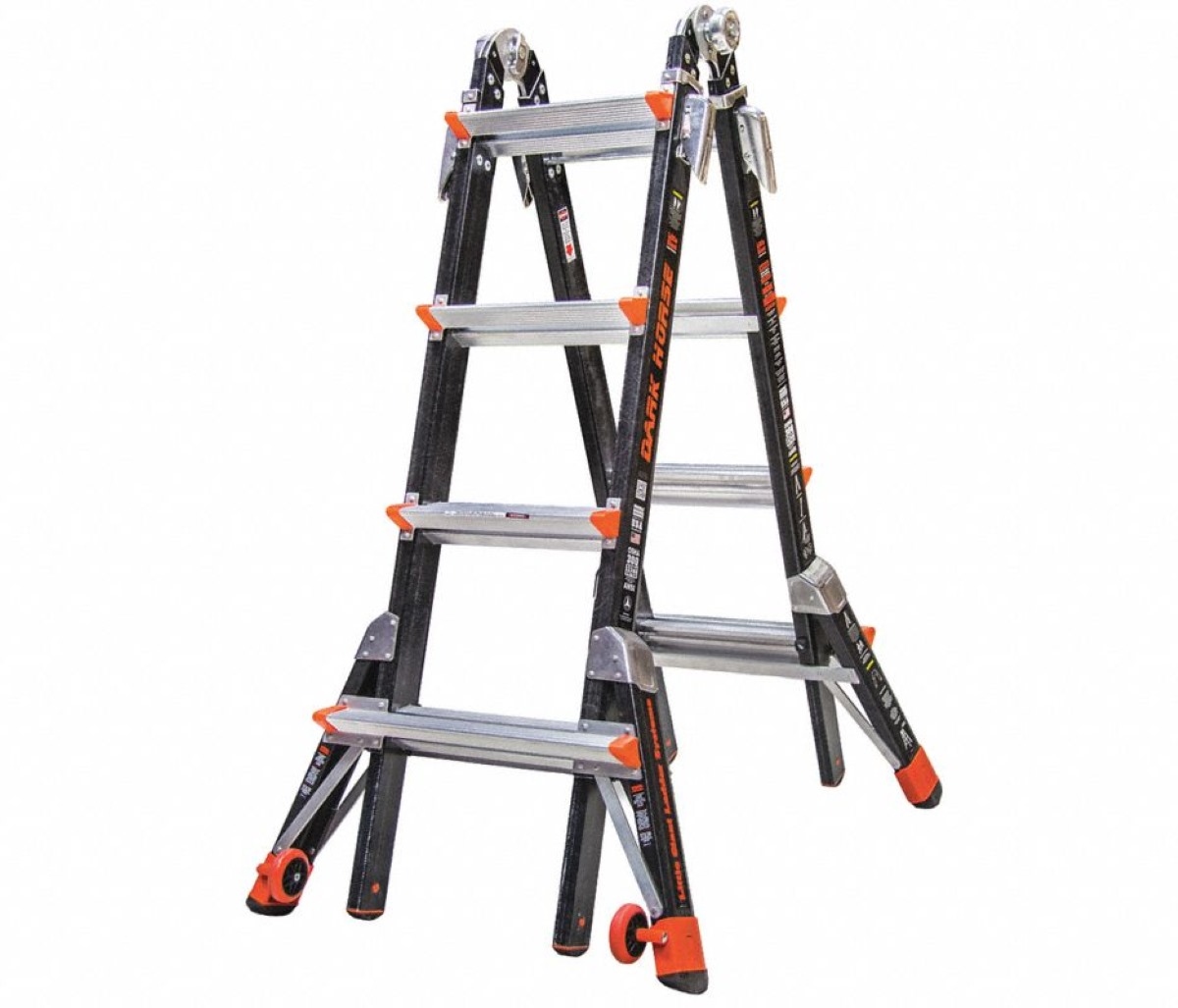
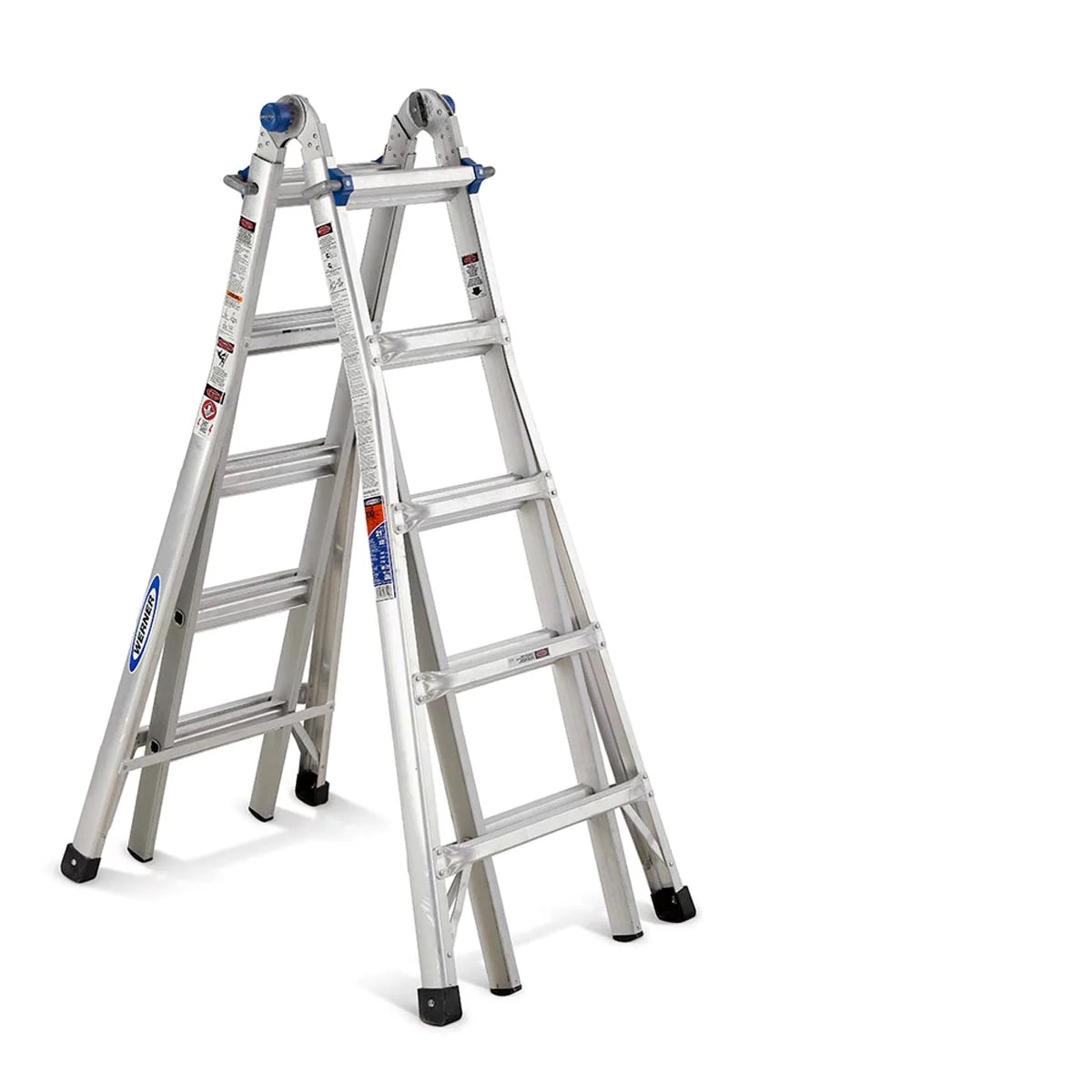
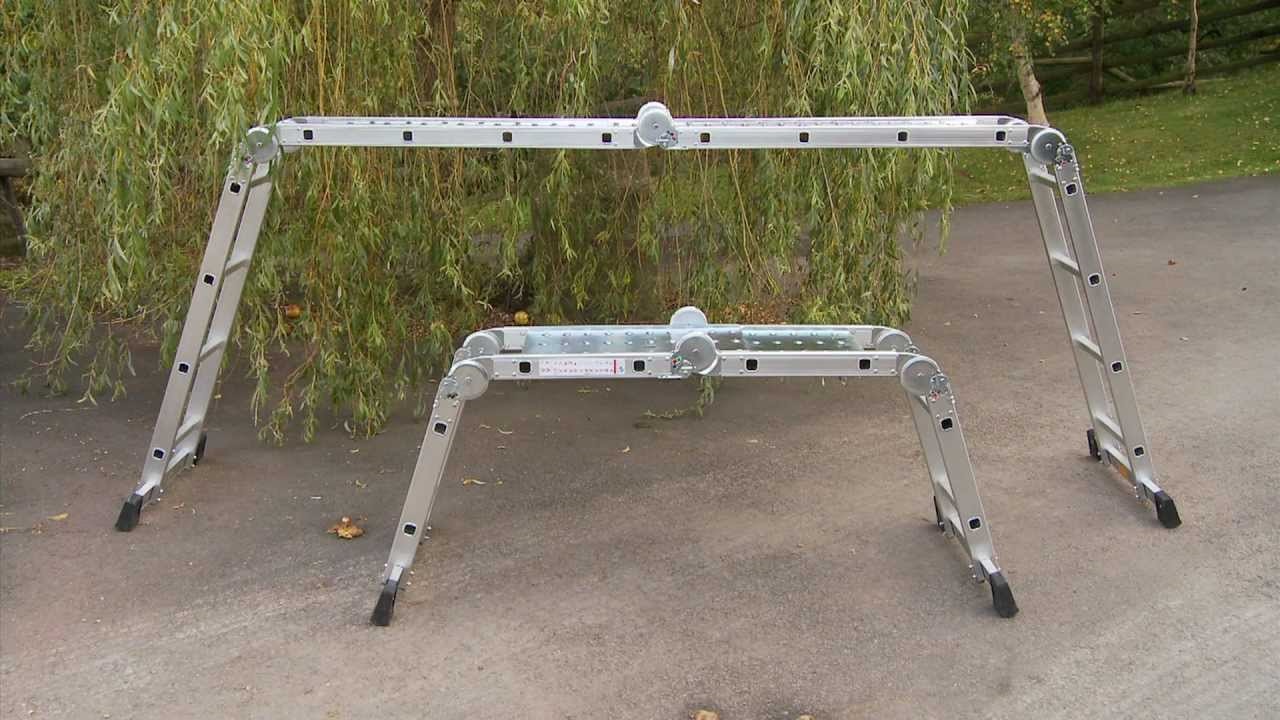
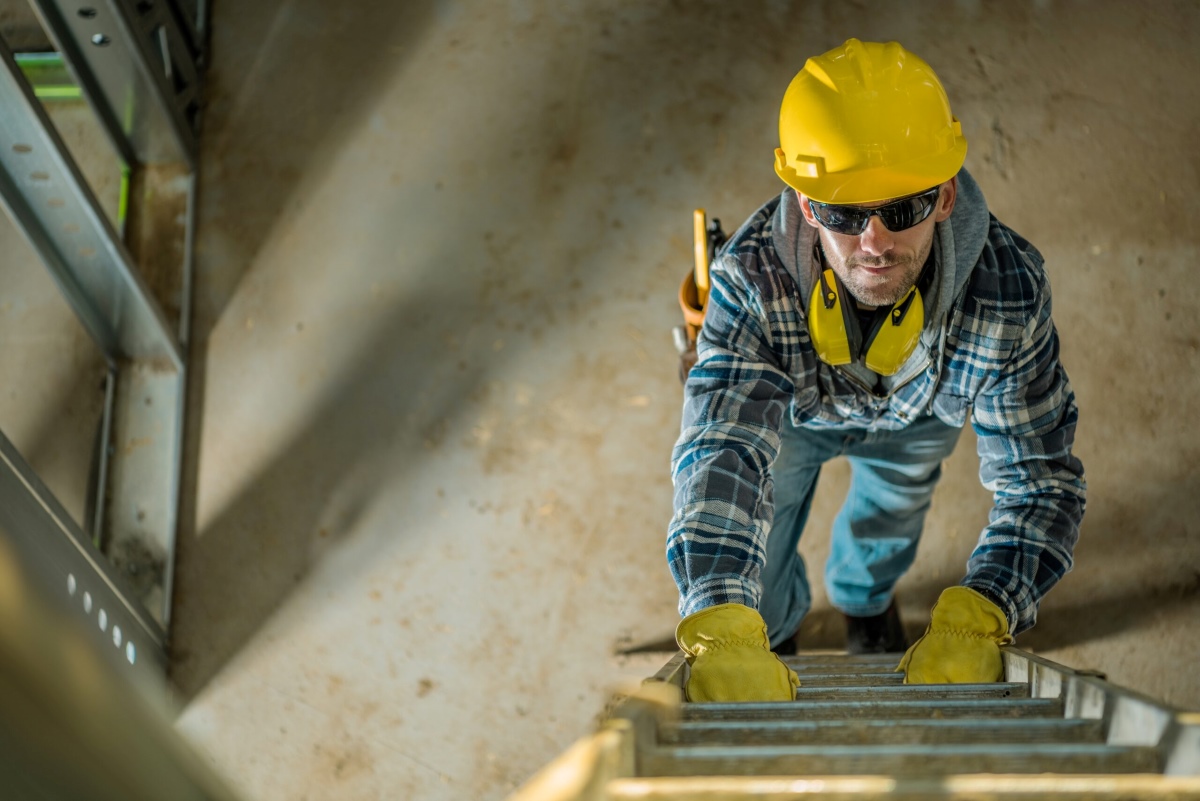
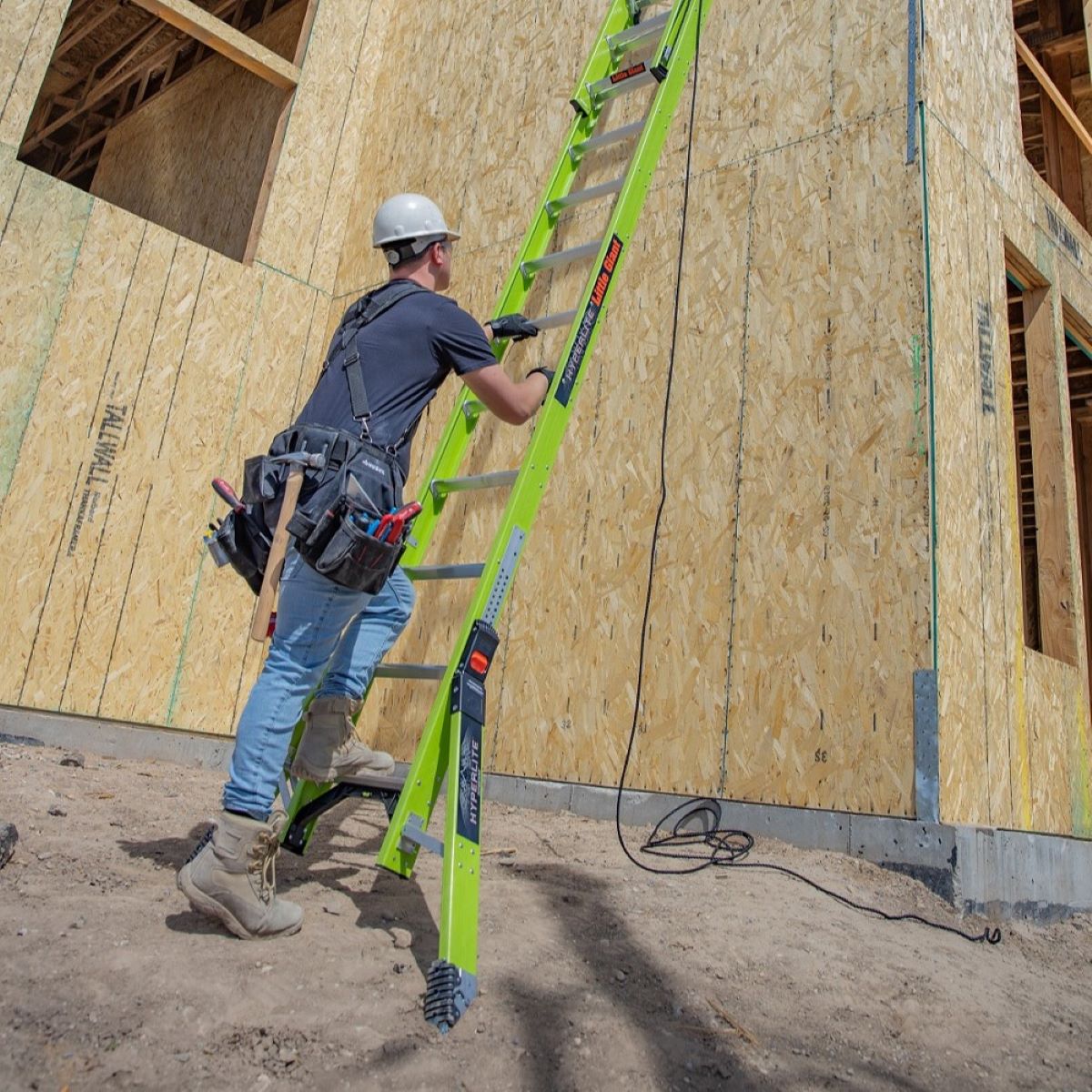
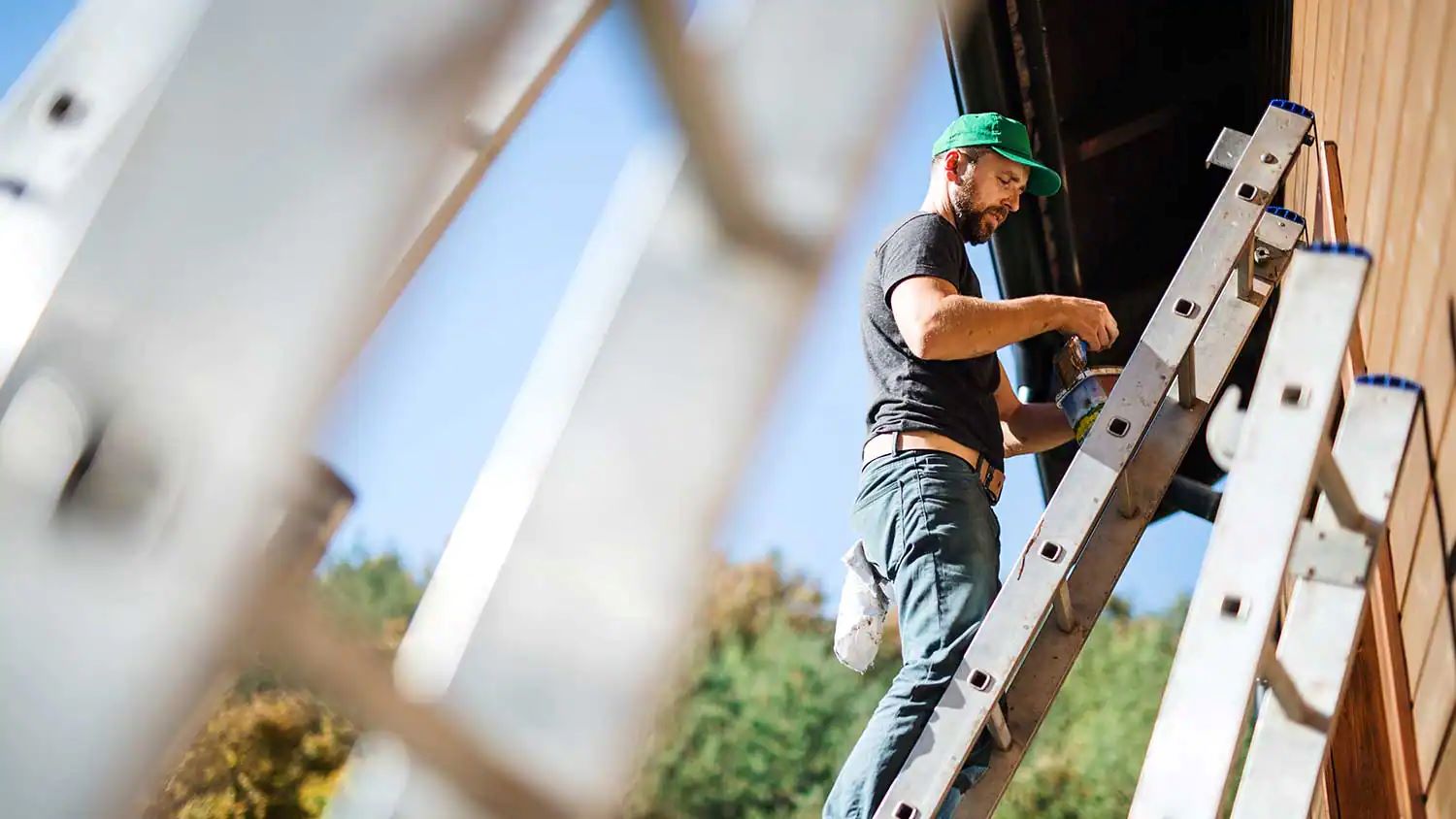
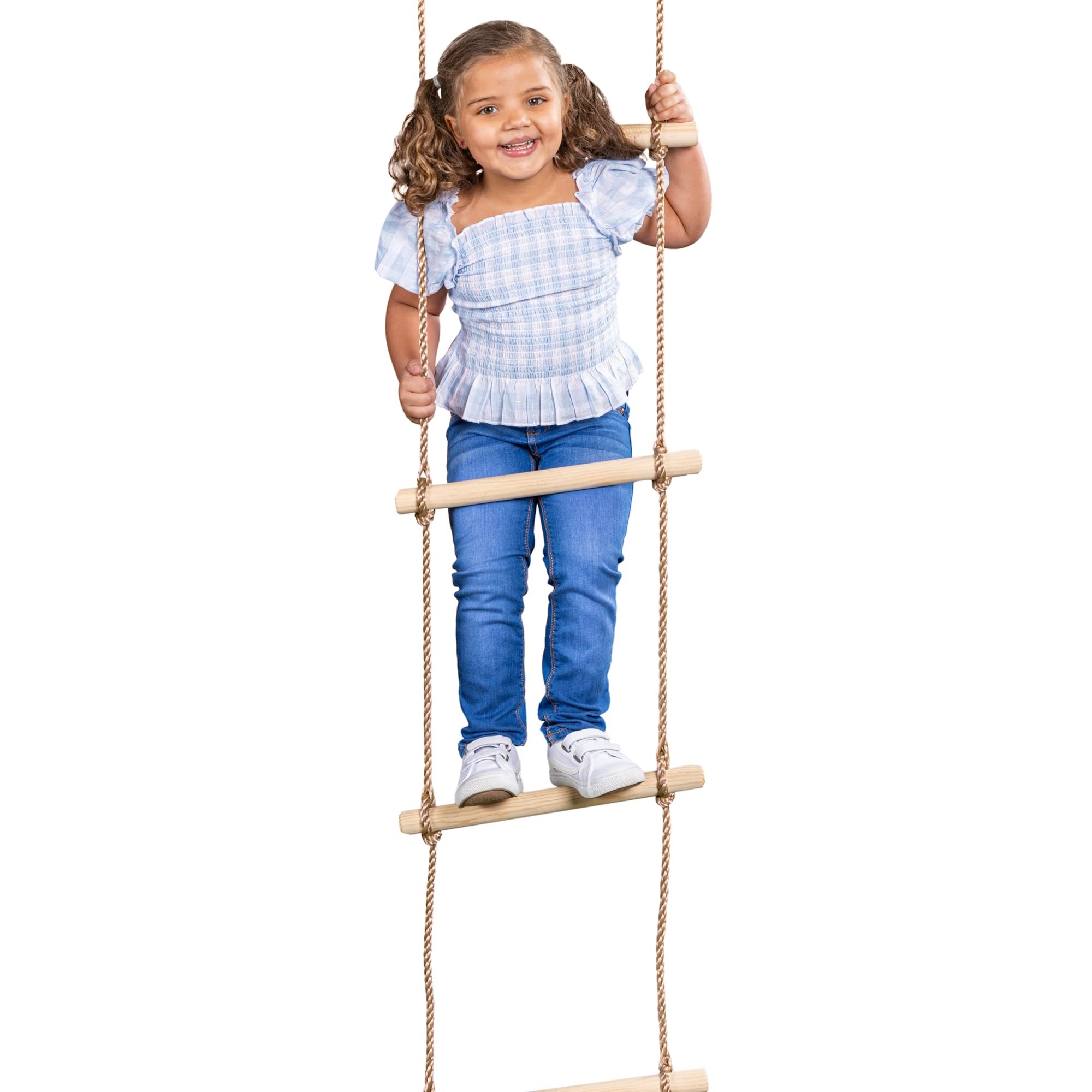
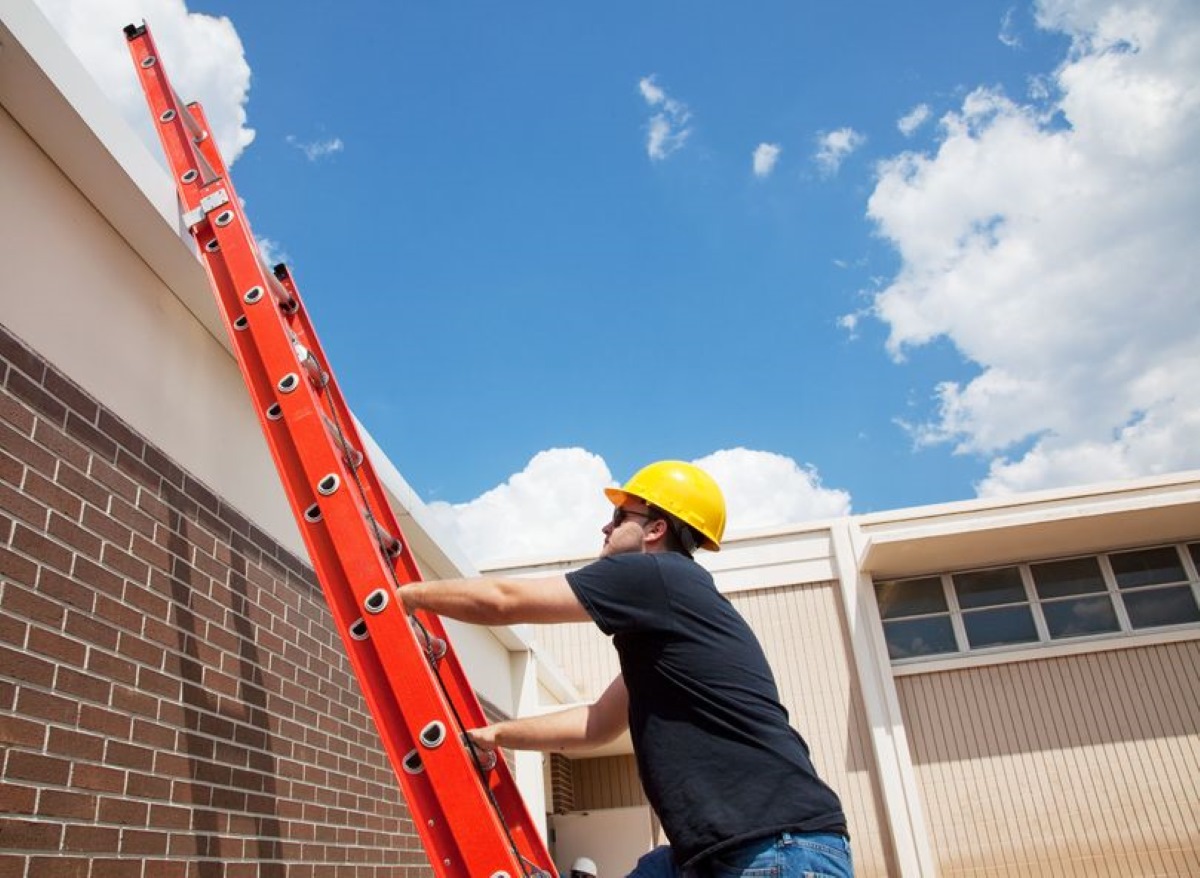
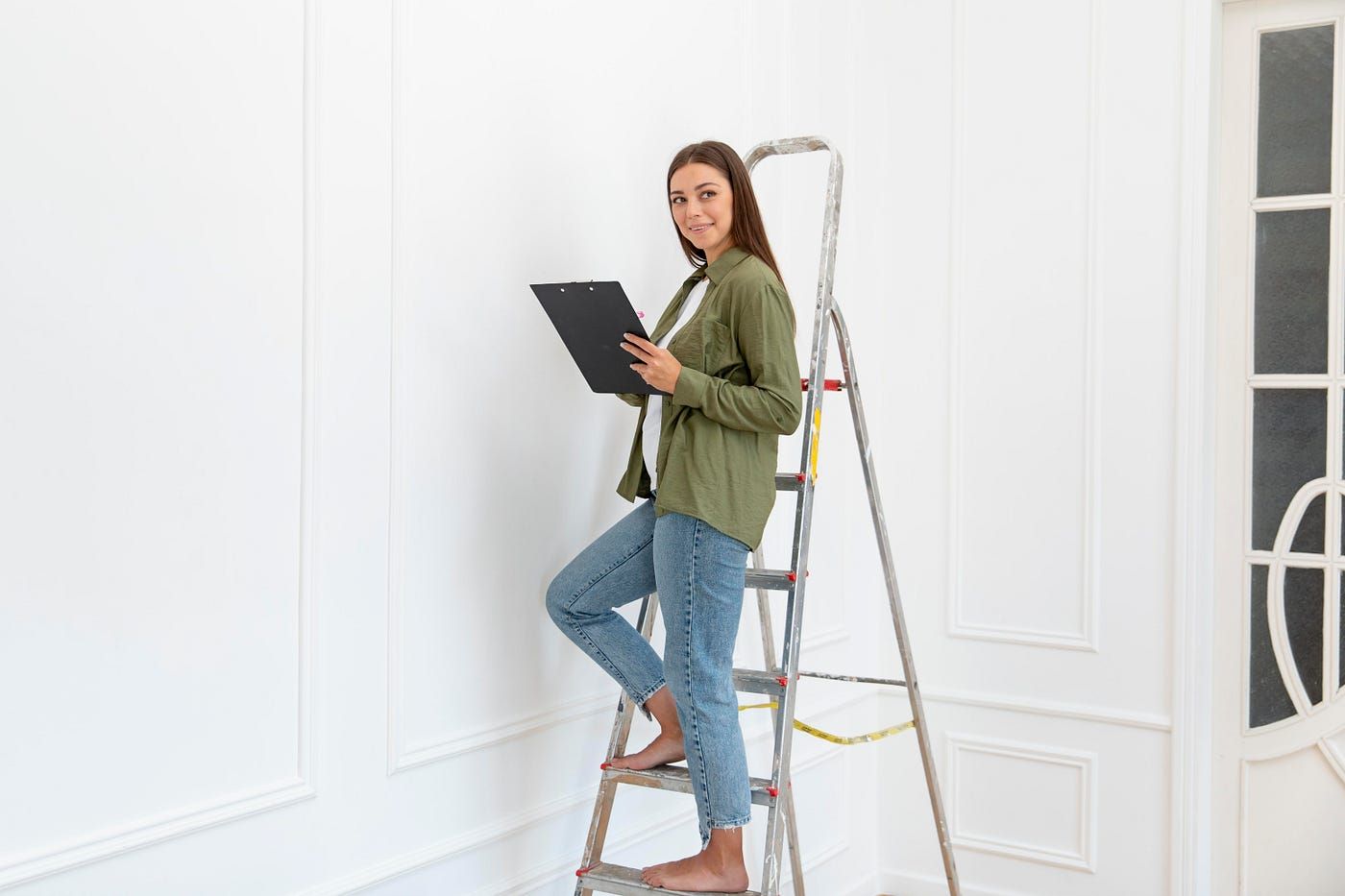
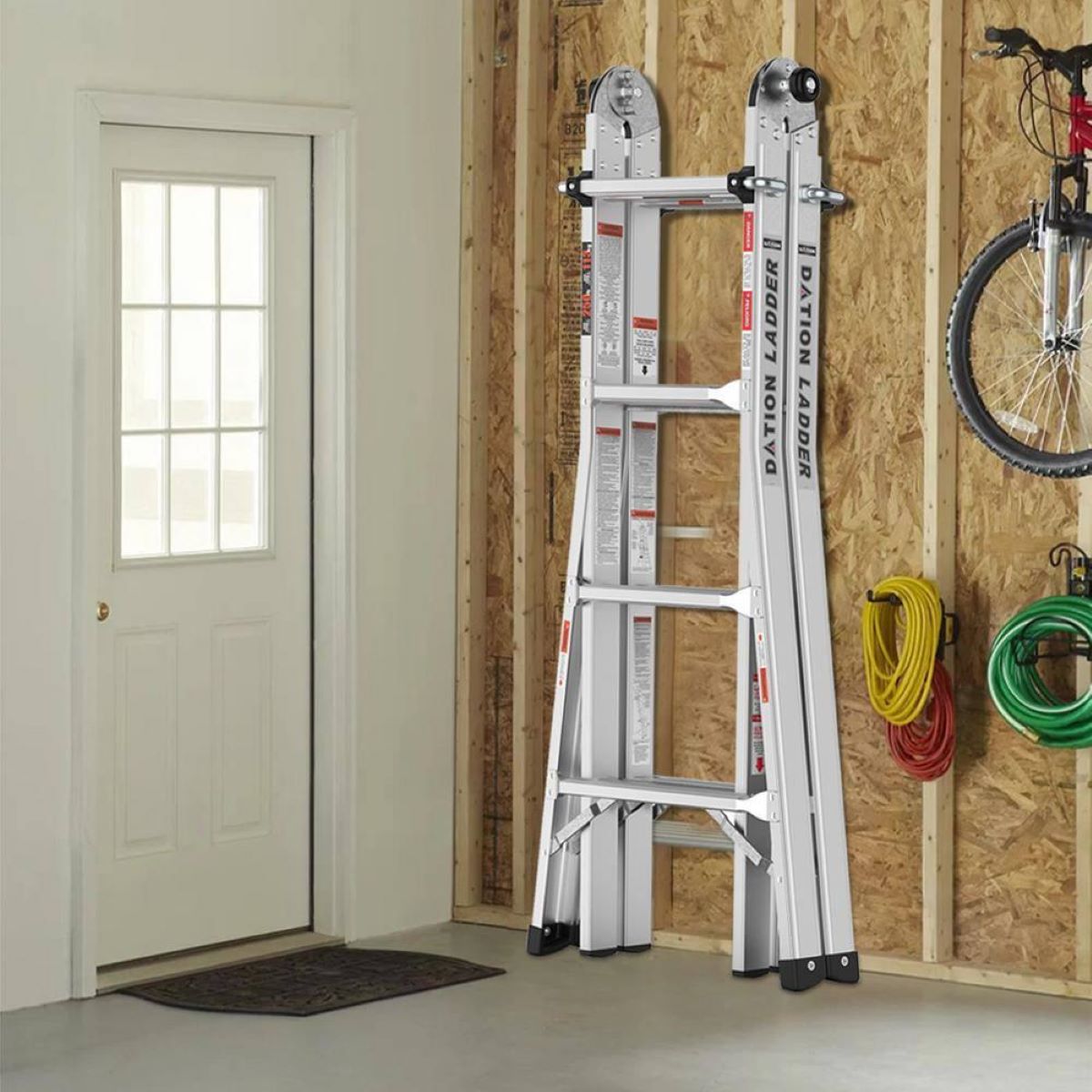
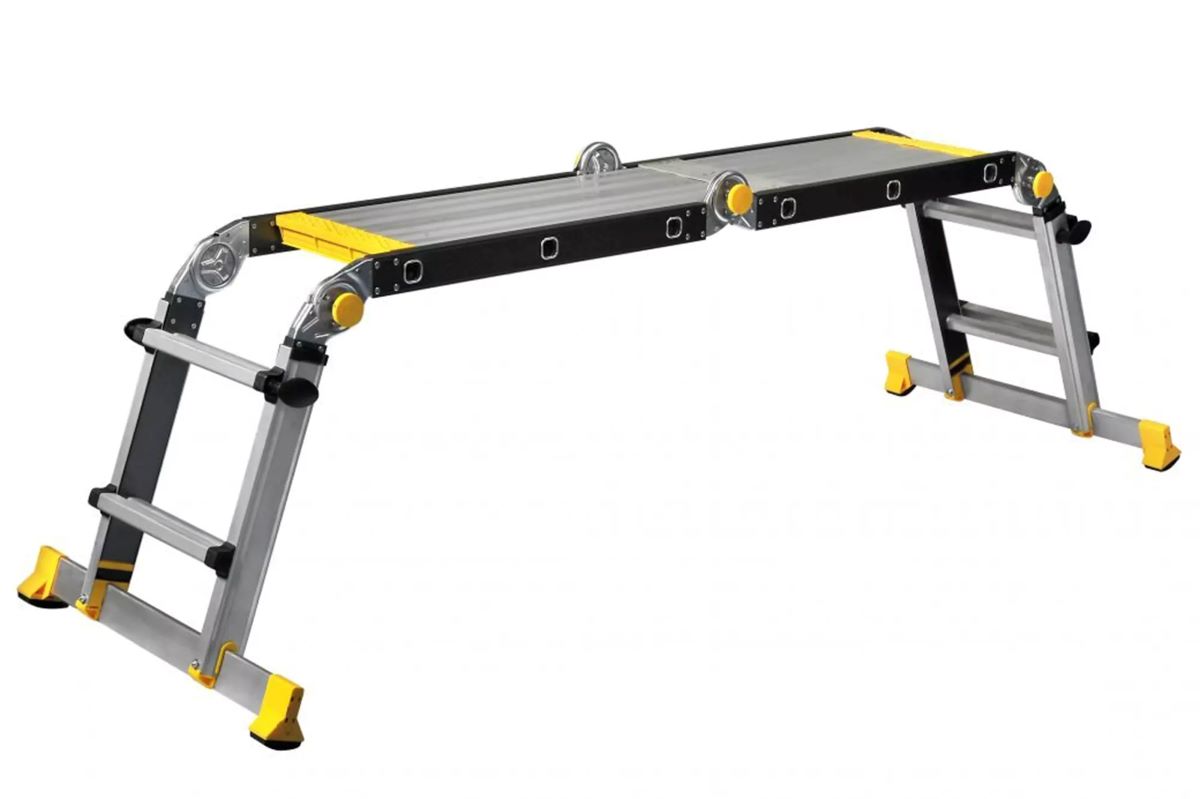

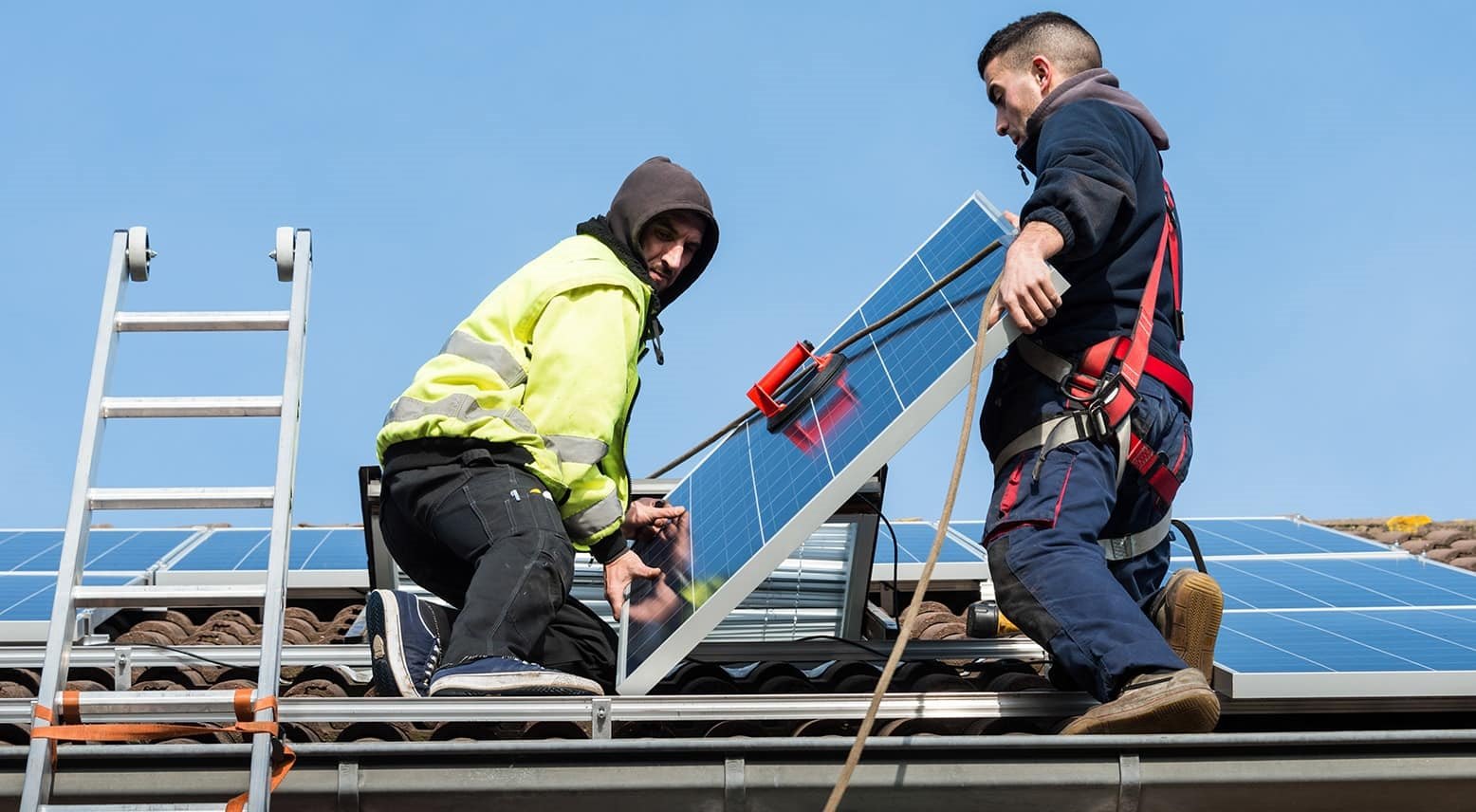


0 thoughts on “How Many Points Of Contact Should Be Kept When Climbing An Articulated Ladder”